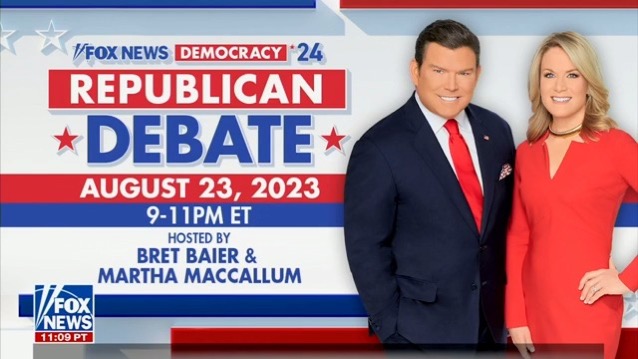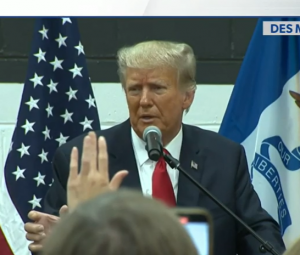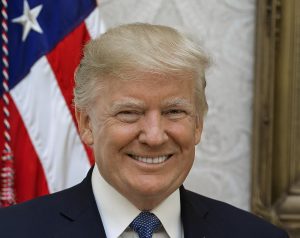The Republican Party’s first presidential debate for the 2024 election showcases contenders vying for the nomination and voters’ attention.
Also read | First Republican presidential debate 2024: When and where will it be held?
What Happens at Republicans’ First Presidential Debate?
The Republican Party’s first presidential debate marks a crucial moment in the election cycle, providing candidates with a platform to present their ideas and compete for the party’s nomination. This significant event brings together a diverse group of contenders who engage in vigorous discussions on various issues while aiming to capture the attention and support of voters nationwide.
Typically held months before the primary elections, the Republican Party’s first presidential debate sets the stage for the candidates to showcase their leadership qualities, policy positions, and ability to address the nation’s challenges. Let’s explore what usually takes place during this pivotal event.
Format and Moderation
The debate is typically structured as a televised event, allowing millions of viewers to witness the candidates’ performances firsthand. It is often moderated by experienced journalists or respected members of the Republican Party, who aim to facilitate substantive discussions while maintaining a fair and balanced environment.
Opening Statements
The debate typically begins with opening statements, providing each candidate with an opportunity to introduce themselves, share their vision for the country, and outline their key policy priorities. These statements set the initial tone and help voters gauge the candidates’ confidence and ability to articulate their positions concisely.
Policy Discussions and Exchanges
The core of the debate revolves around policy discussions and exchanges between the candidates. Moderators or panelists pose questions on a wide range of topics, including the economy, healthcare, immigration, national security, social issues, and more. Candidates take turns answering these questions, usually within a specific time limit.
Also read | Is Chris Christie running for President?
Throughout the debate, candidates often challenge each other’s positions, highlighting their own strengths and criticizing opponents’ policies or past decisions. These exchanges aim to demonstrate the candidates’ knowledge, conviction, and ability to handle differing viewpoints while appealing to the party’s base.
Rebuttals and Rejoinders Candidates are given the opportunity to provide rebuttals or rejoinders, allowing them to respond directly to criticisms or clarifications made by their opponents. These exchanges can be particularly intense and influential, as candidates seek to defend their positions and persuade both the audience and fellow candidates of their credibility and expertise.
Closing Statements
The debate typically concludes with closing statements, where candidates summarize their main arguments, reiterate their vision for the country, and make a final appeal to voters. These statements serve as a lasting impression on viewers and can play a significant role in shaping public opinion following the debate.
Impact and Influence
The first Republican presidential debate is crucial in shaping the dynamics of the nomination race. It provides candidates with a chance to introduce themselves to a national audience, gain name recognition, and generate momentum for their campaigns. Strong performances in the debate can lead to increased media coverage, fundraising success, and a boost in poll numbers.
Moreover, the debate acts as an opportunity for voters to assess the candidates’ leadership abilities, policy knowledge, and overall suitability for the presidency. It plays a pivotal role in helping undecided voters make informed decisions and provides party members with valuable insights into which candidate aligns most closely with their values and priorities.
The Republican Party’s first presidential debate brings together contenders in a highly anticipated event, where they engage in substantive discussions, challenge each other’s positions, and strive to capture the hearts and minds of voters. It serves as a critical milestone in the election cycle, shaping the trajectory of the race and influencing public opinion as the candidates vie for the party’s nomination.







